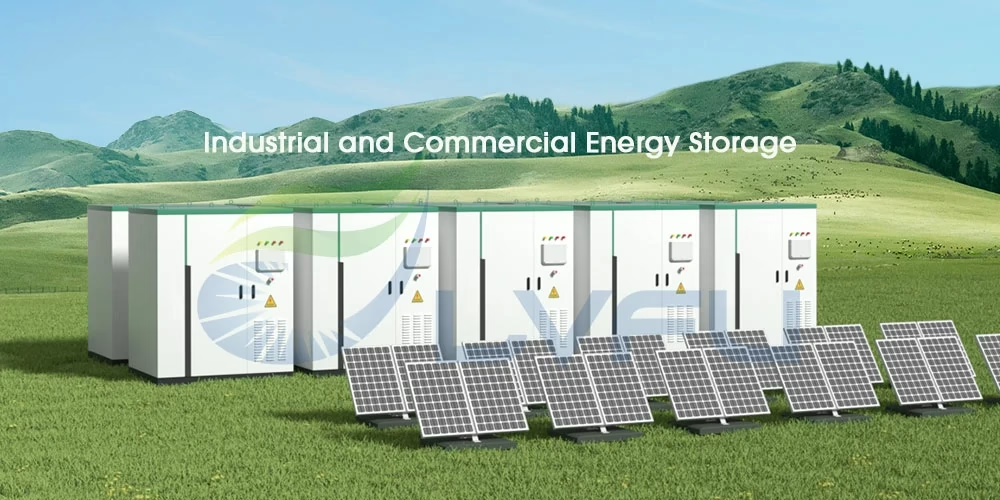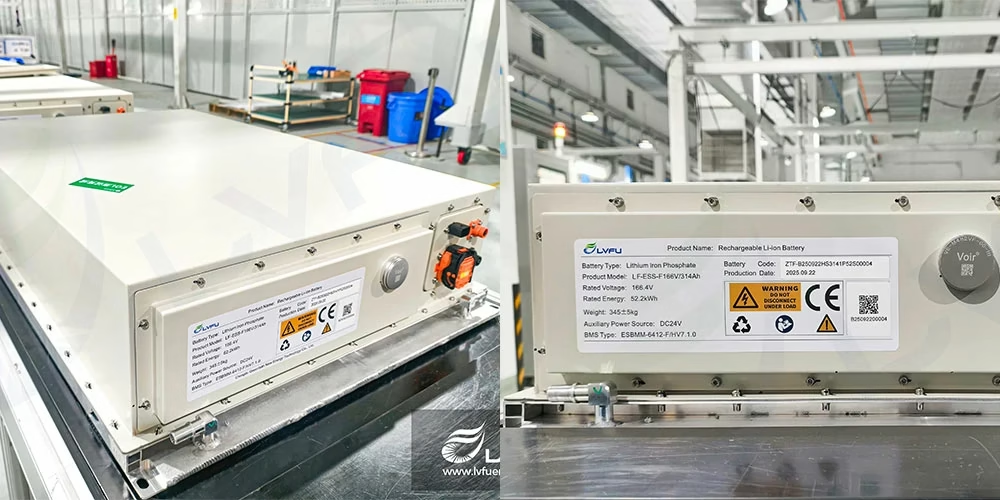
Definition of Industrial and Commercial Energy Storage
Industrial and commercial energy storage covers the energy storage systems that industrial and commercial end-users install on their premises.
Specifically, if we look at where these systems connect to the grid, we generally sort them into three categories: generation-side, grid-side, and user-side storage.
Typically, people often refer to generation-side and grid-side storage as “front-of-the-meter” or large-scale storage.
On the other hand, user-side storage goes by the name “behind-the-meter” storage. Here, the term “meter” simply means the electricity meter that the grid company installs.
Characteristics of C&I Energy Storage
Industrial and commercial energy storage systems serve a different purpose than the large-scale storage plants used for grid-level peak shaving or frequency regulation.
Fundamentally, their primary economic driver involves capitalizing on the difference between peak and off-peak electricity rates in commercial and industrial (C&I) tariffs. In essence, these systems aim to generate a return on investment.
Additionally, they also meet the internal electricity needs of the business, enhance the consumption of solar power when paired with photovoltaics, and in certain situations, they can reduce a facility’s peak power demand or even serve as an alternative to diesel generators.
Classification of C&I Energy Storage
From a technical design perspective, we can group industrial and commercial storage systems into two main types: DC-coupled and AC-coupled systems. Currently, AC-coupled systems are more common in the market.
However, DC-coupled systems are gaining traction;
specifically, they typically use a string inverter architecture combined with battery banks and integrated PV-storage units.
In practice, you’ll often find this DC-coupled approach applied in more advanced setups like “PV-Storage-DC-Flexible-Grid” systems.
Industrial and Commercial Energy Storage Application Scenarios
You’ll find industrial and commercial storage systems in a wide variety of settings.
Typical application sites include industrial parks, commercial plazas, data centers, communication base stations, office buildings, hospitals, schools, remote islands, agricultural farms, and even large residential complexes.
Main Components of the Energy Storage System
The industrial and commercial energy storage system is composed of battery systems, battery management systems (BMS), AC/DC power converters (PCS), energy management systems (EMS), along with other electrical circuits, fire protection, and remote monitoring control systems, etc.
Moreover, the system should have protection functions such as overcharge, overdischarge, overcurrent, short circuit, as well as cooling and fire handling functions.


